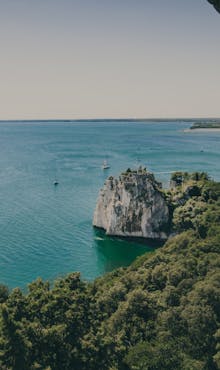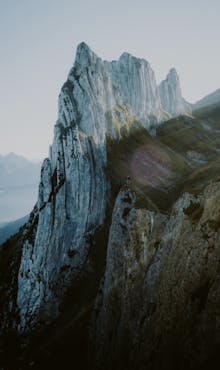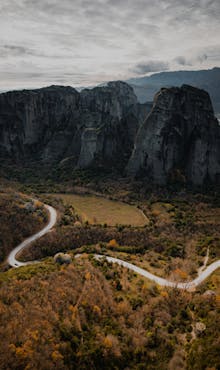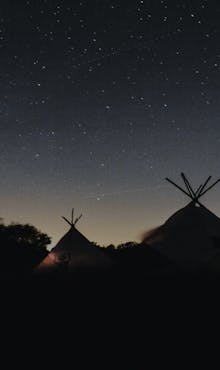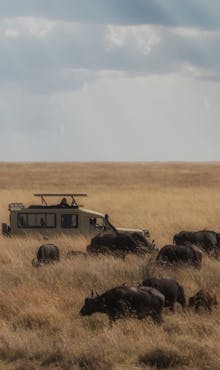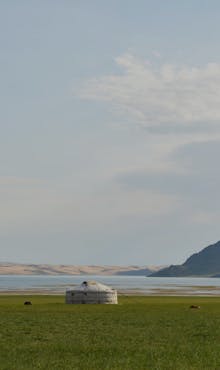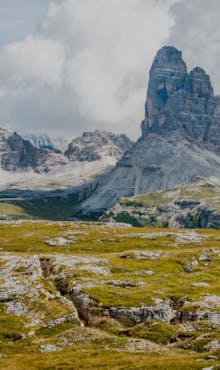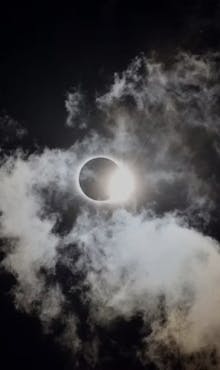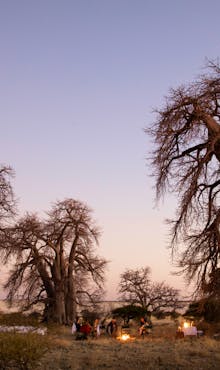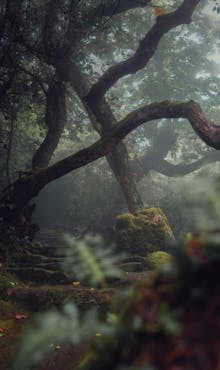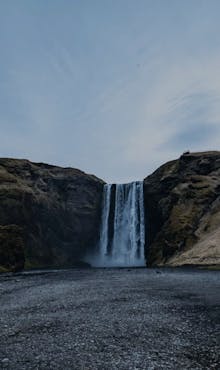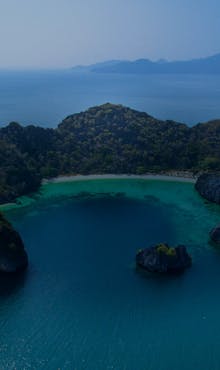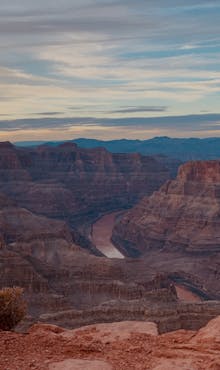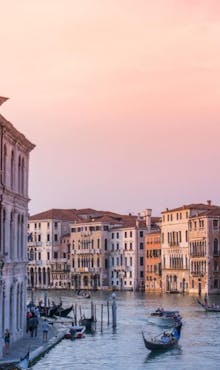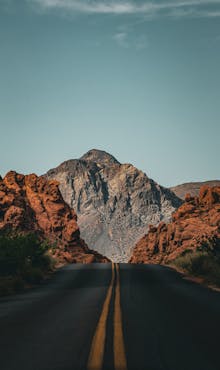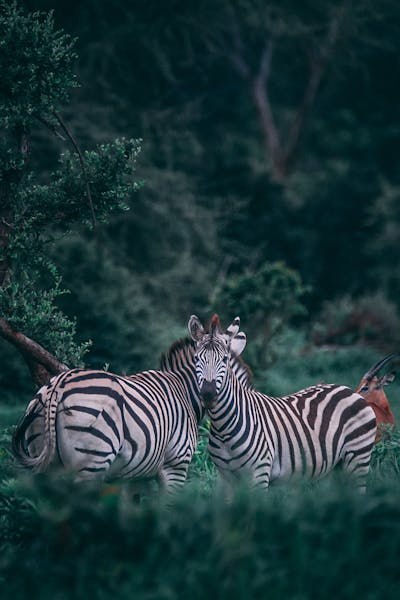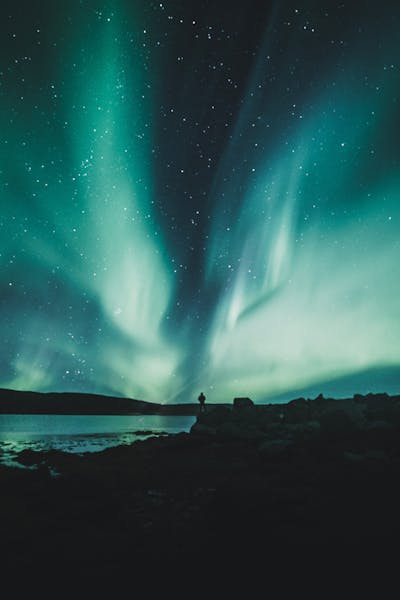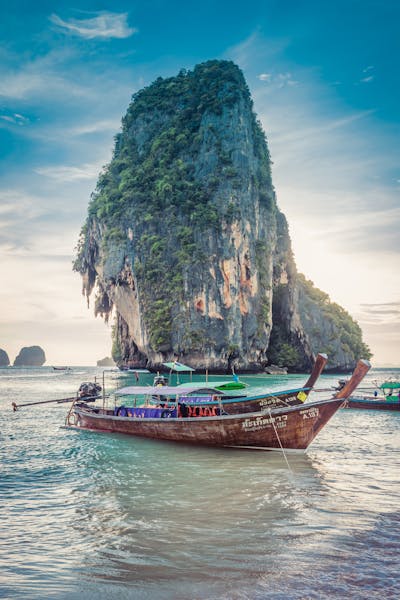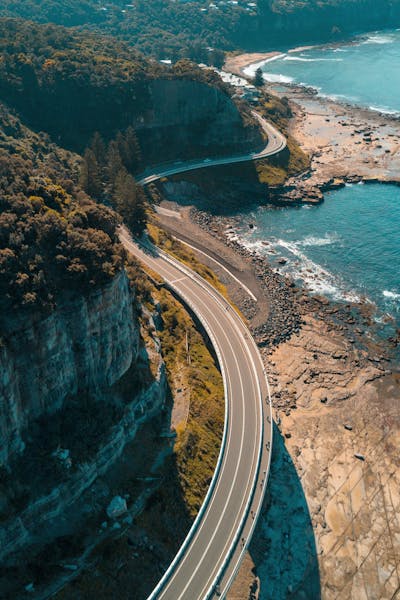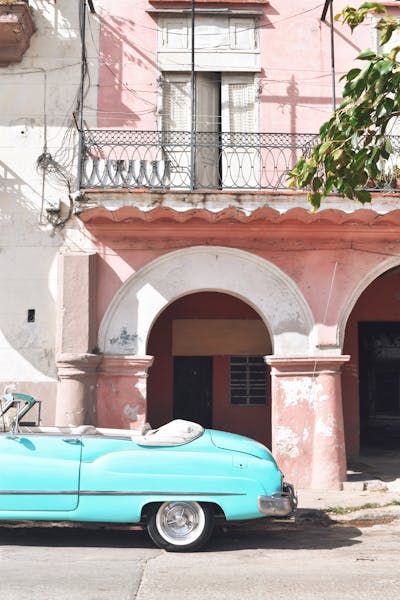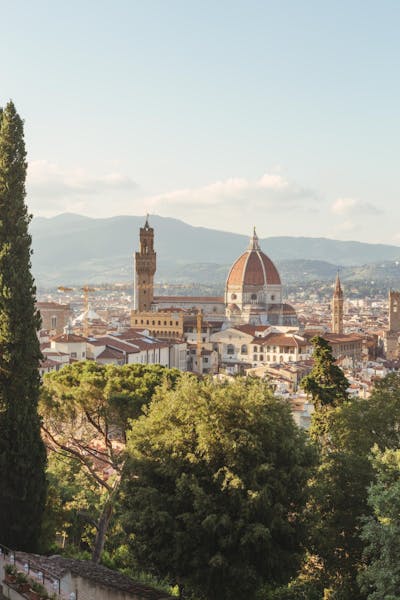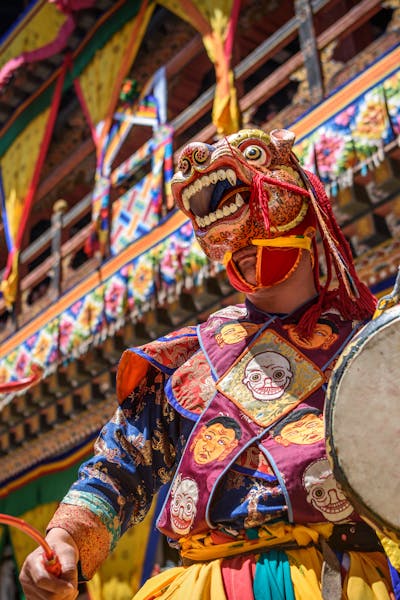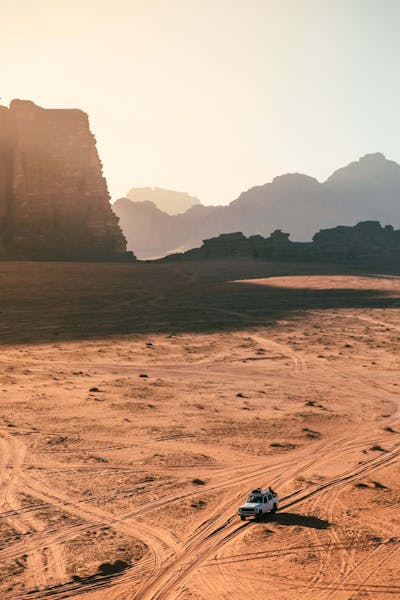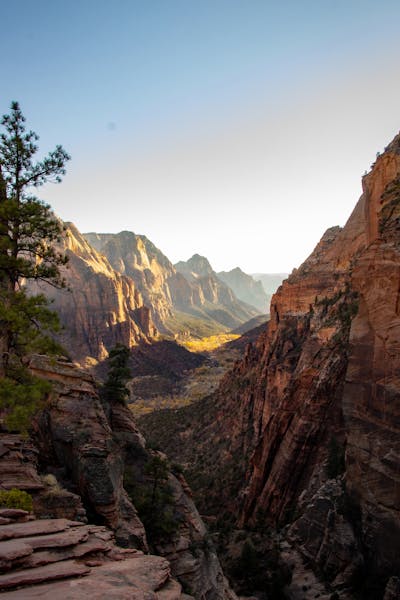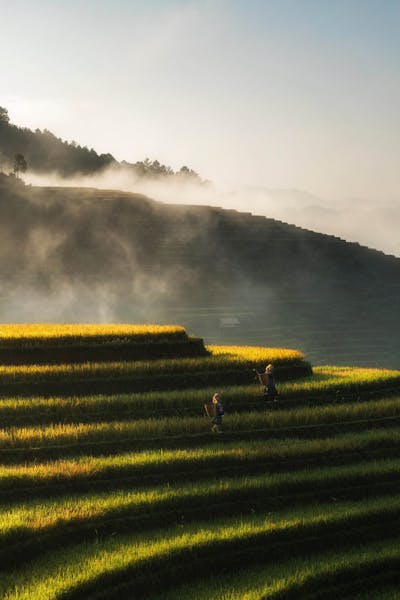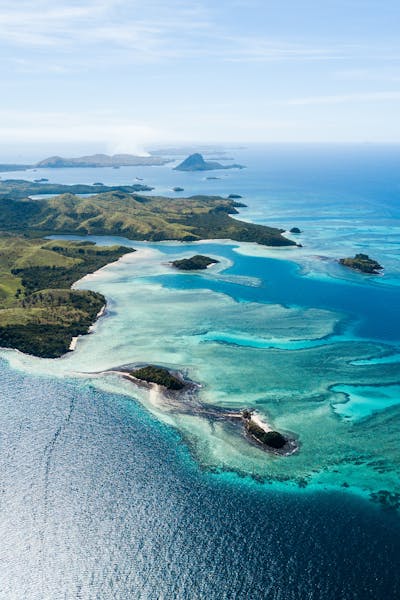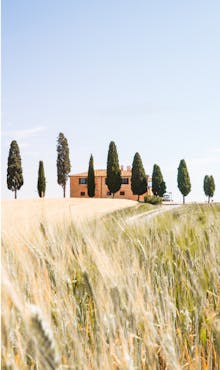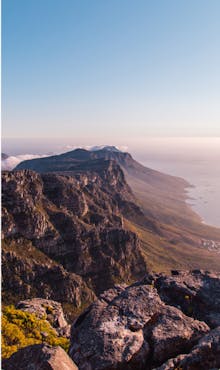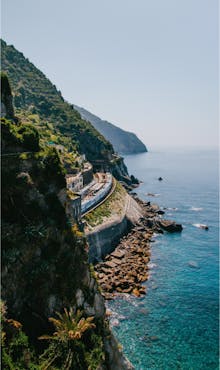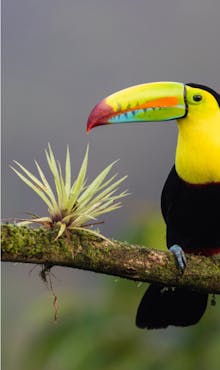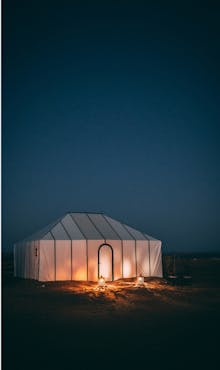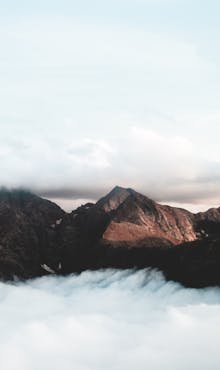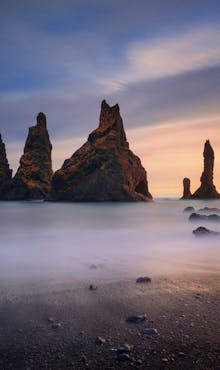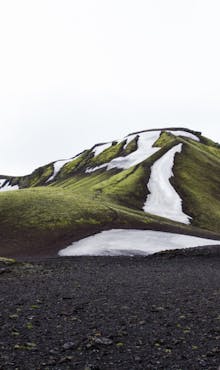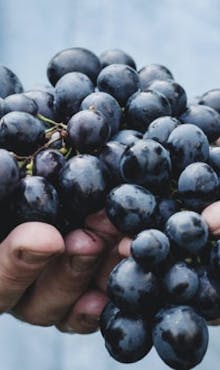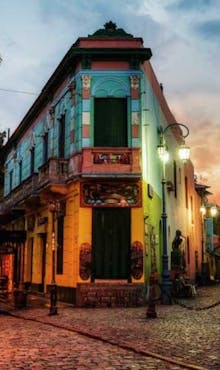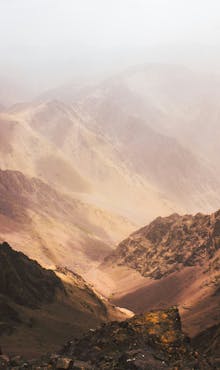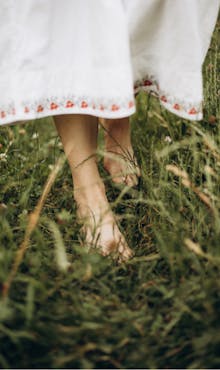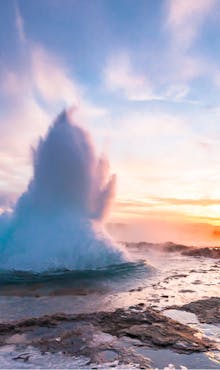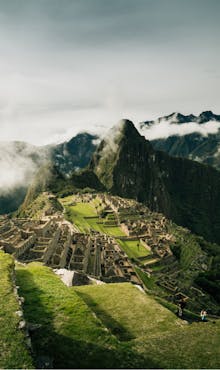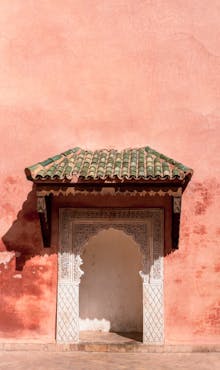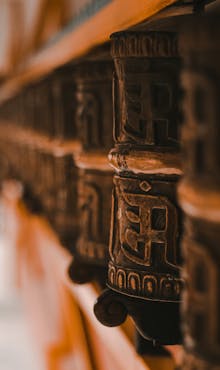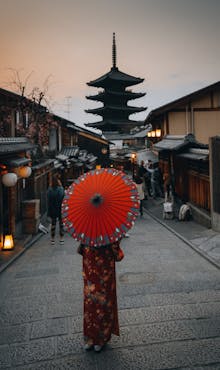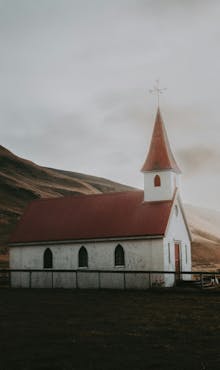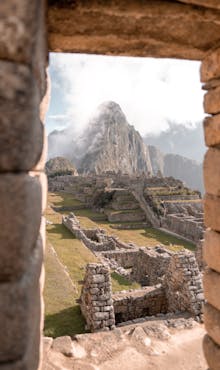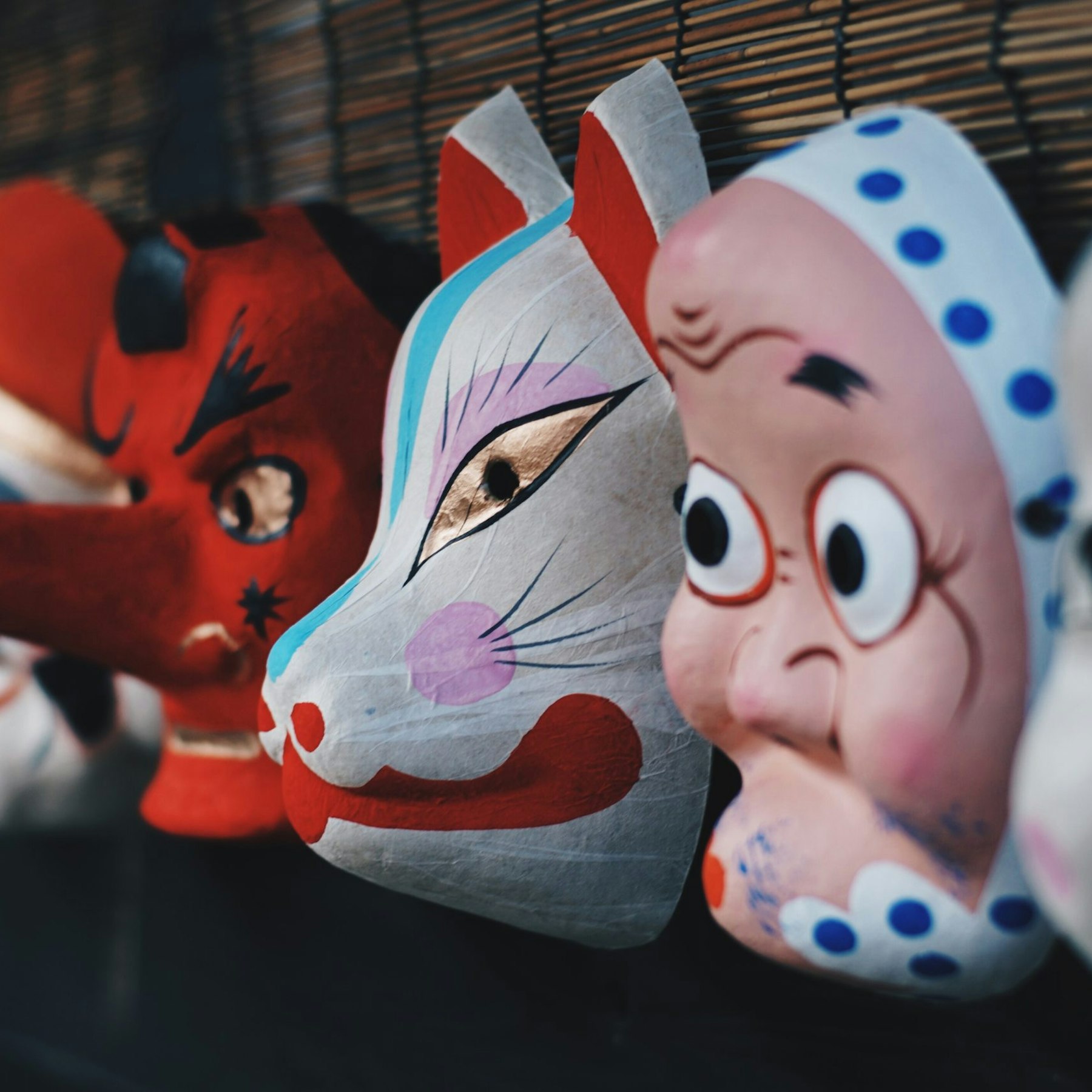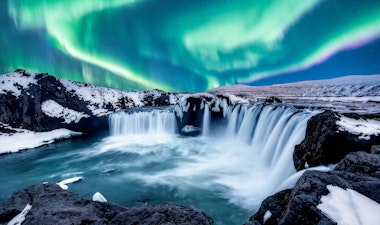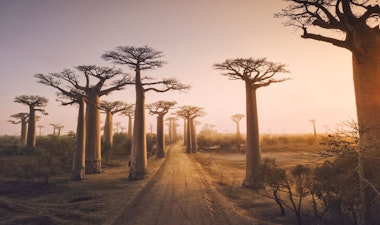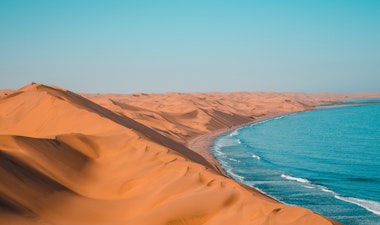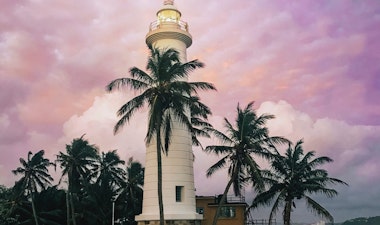INTRODUCTION
Legendary Japanese artist Hokusai is best known for painting one of the most memorable images of Japan – the Great Wave of Kanagawa. We’ve always been drawn to the painting’s background, where beautiful Mount Fuji is capped with a mantle of striking snow. While the ‘land of the rising sun’ has something to offer in every season, we think it looks its sharpest under a blanket of crisp powder, and right on the cusp of spring.
From neon-bathed Tokyo and its fashionable Harajuku subcultures to the Shinto shrine-studded gardens of Kyoto, Japan is full to the brim with places to go and things to see during its colder months. There’s also never been a better excuse to hit the country’s world-renowned slopes. This is our guide to the rare places and exclusive experiences we can plan for you on your Japanese winter adventure.
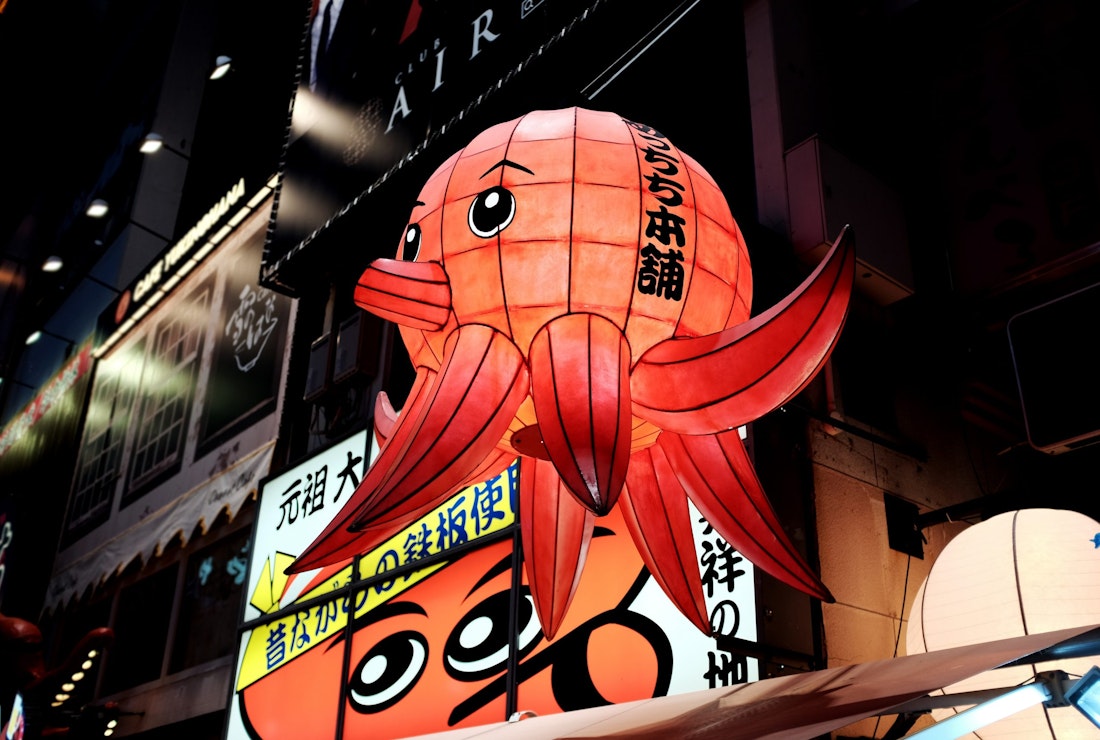
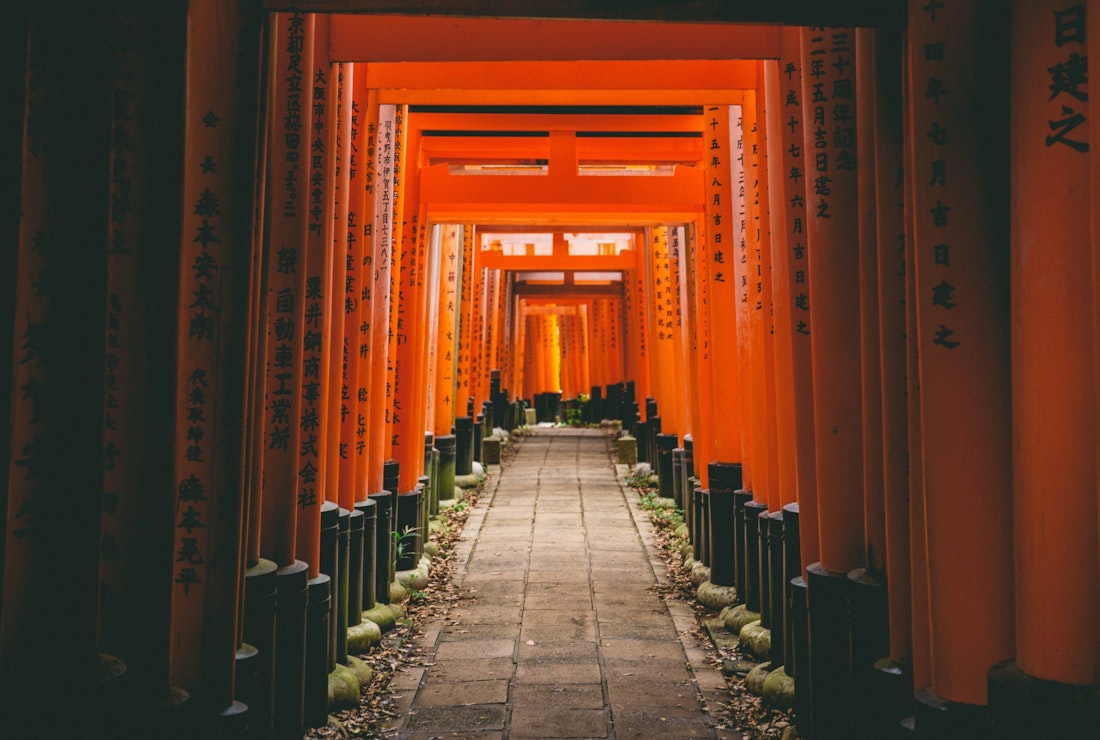
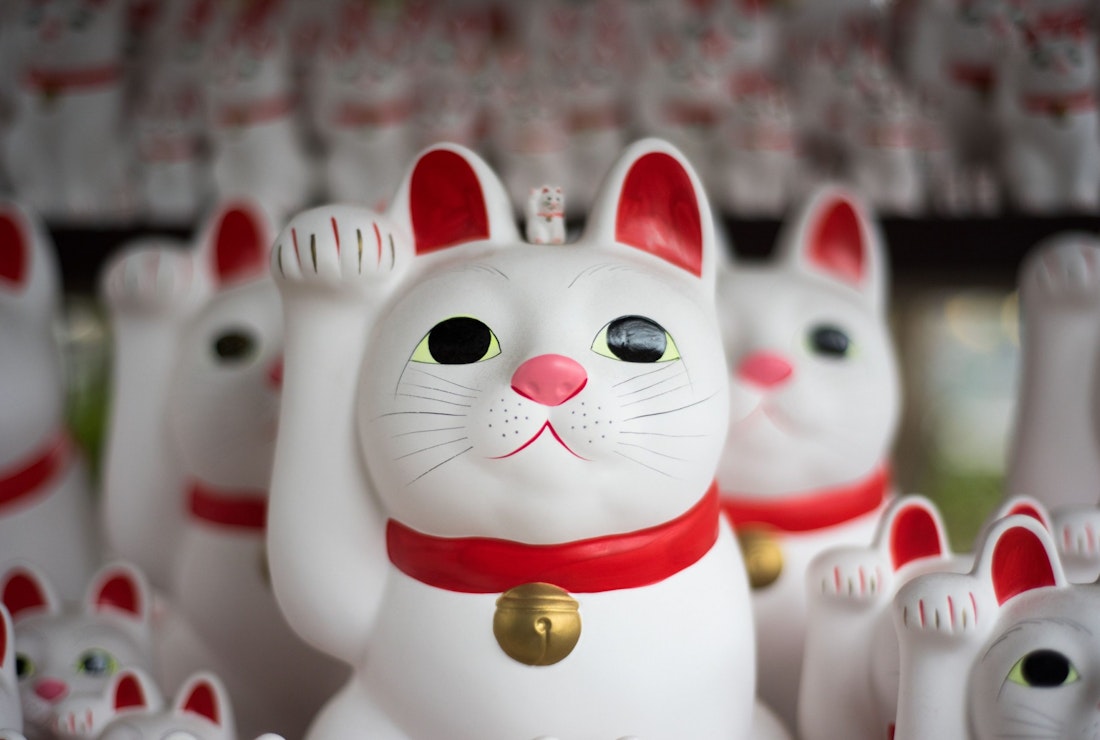
WHEN TO GO
“In November, Japan’s canopies of autumn leaves are transformed into bare branches. Once the snow settles, Japan is totally reborn. If you want to catch the Japanese winter at its peak we always recommend travelling in January and February, when the ski season is at its height. The powder is world-renowned among skiing aficionados, and also offers amazing opportunities for snowboarding.”
– Alys Colayera, Japan Travel Expert
A time for skiing and sake, Japan’s winter lasts from late November and stretches into May (depending on where you travel, and when).
While the country experiences a consistent and deep snowfall in its mountains, the cities experience a somewhat balmier climate and clear skies, even if the snow-heavy mountains are just a bullet train away. The north of the country, in distant and stunning Hokkaido, keeps its snow for longer. We’re always on hand to help you chase the flakes without the fuss.
By March, Japan begins to surge out of the cold season with its world–famous cherry blossom. This is when locals excitedly indulge in hanami – the art of springtime flower watching. If you travel at the very end of winter, you might be lucky to drink in the first budding of spring. Our Travel Experts can help you plan your calendar around the thick powder and lustrous trees.
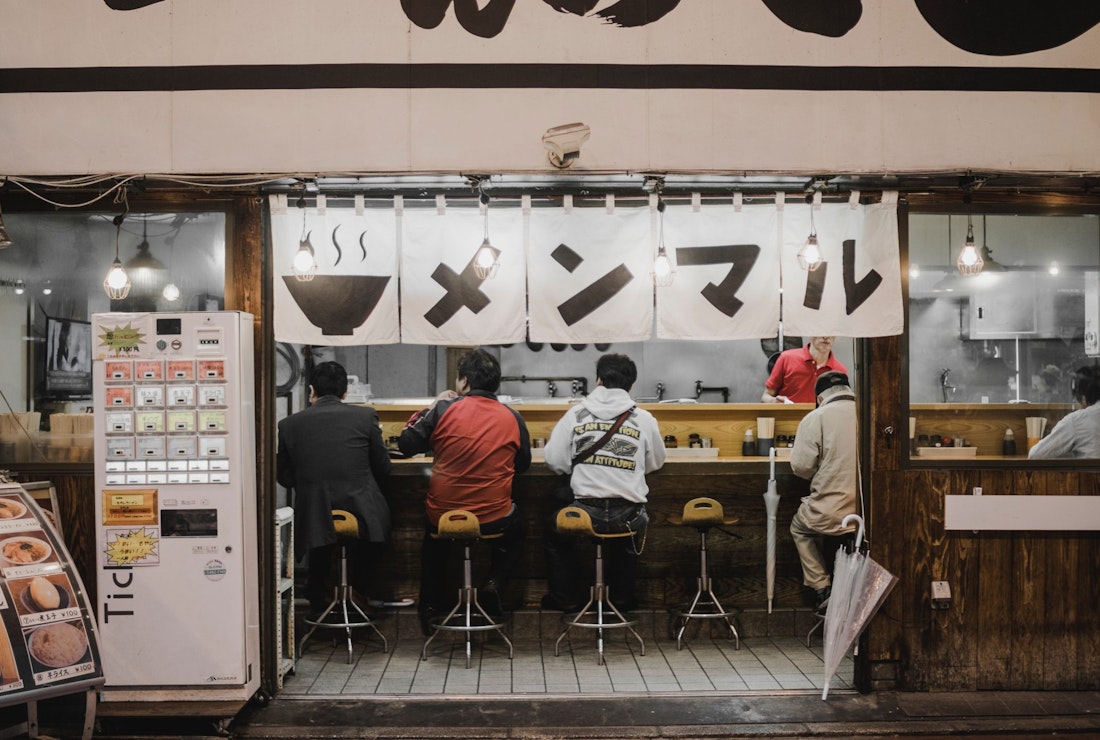
WHAT TO EXPERIENCE
Hitting the slopes of Japan’s idyllic alps
Put simply, Japan’s powder is one-of-a-kind (trust us; we’ve hit these slopes many times over. Often literally). Amazingly consistent and deep, the winter snowfall is a happy gift of cold air pushed from Russia and China. Most measurements record up to 600 inches of snowfall across the mountains of Japan, with thinner snowfall gracing its cities.
Capitalising on all of this wonderful white, Japan boasts a treasure trove of ski resorts spread across the breadth of the country (our last count was 600). And, like much else in Japan, many of these have been created in miniature.
Swollen crowds and queues are rare, meaning you can uncover perfect powder in small, family-run routes often equipped with no-frills dining of hearty yakisoba and katsu. This is the kind of straight-up skiing that’s hard to find elsewhere. We can get you to the slopes you most want to ski, regardless of the weather.
If it’s something larger you’re looking for, we’ve also got you covered. We’ll set you up on Mount Naeba – one of the country’s most popular resorts. Here’ you’ll be free to traverse its vast area, with 35 pistes, on the world’s longest gondola. The nearby mountain city of Matsumoto features one of Japan’s finest surviving castles. It’s the perfect way to experience the purity of a Japanese winter, where we can offer you access to the resort’s most sumptuous hotels – a welcome sight after all of those double black diamonds.
Watching the sumo wrestling in Japan
You won’t forget the sound and sight of two fleshy bodies colliding in a ring. Nor the spray of sand that rises into the air. Sumo, the country’s ultimate and most traditional sport, is an ancient and therefore deeply important part of Japanese culture. It’s been played for centuries and continues to follow the same ritualism that defines everything from flower arranging to tea ceremonies. Yes, it’s rare we get to say ‘flower’ and ‘flesh’ in the same paragraph.
You can soak up all of this sumo atmosphere in Tokyo’s Ryogoku district, better known as ‘Sumo town.’ Even if you miss the beginning of the tournament season itself, the sport doesn’t wind down in winter.
We recommend grabbing a bowl of chanko nabe, the warming protein-rich stew eaten by the wrestlers themselves, before visiting the area’s sumo stables and practice rings. Our local guide will be the premiere English language sumo reporter (and a former wrestler himself), giving you unrivalled access and insight into this most Japanese of sports, as well an opportunity to meet the wrestlers themselves. You’re on your own if you want to challenge them to a match, of course.
A tranquil introduction to the Japanese art of tea
We all have little rituals when putting the kettle on. In Japan it’s taken to another level. Imagine curling clouds of steam rising from translucent bone china cups; or the hushed silence as a wooden whisk stirs the brew. Served by kimono-clad geishas, the traditional tea ceremony is as slow as sumo is fast. Chado, the ‘way of tea,’ is the ritual art of actually serving and enjoying the drink. It’s serious, but relaxing, stuff, and we’re keen that you get to experience the real thing.
Prepared in a room decorated with tatami mats and hanging scrolls, Chado is all about hospitality and friendliness. Ultimately, the participants – in ceremonies that can last up to four hours – remove themselves from the noise and cares of the outside world. It’s inner peace in a single cup, and the best way to take a slow breath amidst the hustle and bustle of the city.
Our local guides will take you on exclusive visits to some of Kyoto’s most famous Machiya townhouses, which offer some of the best and most authentic of these experiences . You’ll also be dressed in your own kimono, but you can buy your own across Kyoto’s Gion district, where you can also cross the iconic Tatsumi wooden bridge and catch traditional kyomai dances. If Ryogoku is sumo town, then Gion is geisha town.
Touring Kyoto’s atmospheric bamboo forests
Kyoto is one of the most beautiful and historic cities in the world.
From eye-twisting avenues of tomato-red Tori (traditional wooden arches) to mighty historic castles, you’ll find it easy to walk off the beaten path. Our exclusive tours of Japan’s former capital will introduce you to the grace and splendour of this historic city.
If it’s something otherworldly you’re after, then we always recommend that travellers head to Kyoto’s Arashiyama bamboo grove – an atmospheric pathway of these stately, green trees that has been officially recognized as part of the ‘soundscape’ of Japan.
Winter is the ideal time to walk among these swaying, green stalks, as the crowds are thinner and you’ll enjoy something approaching true peace. Moreover, during winter’s early nights the trees are strung with lanterns which shed warm, glowing light onto the swaying shapes. It’s also open 24/7, making it perfect for strolls that last deep into the night.
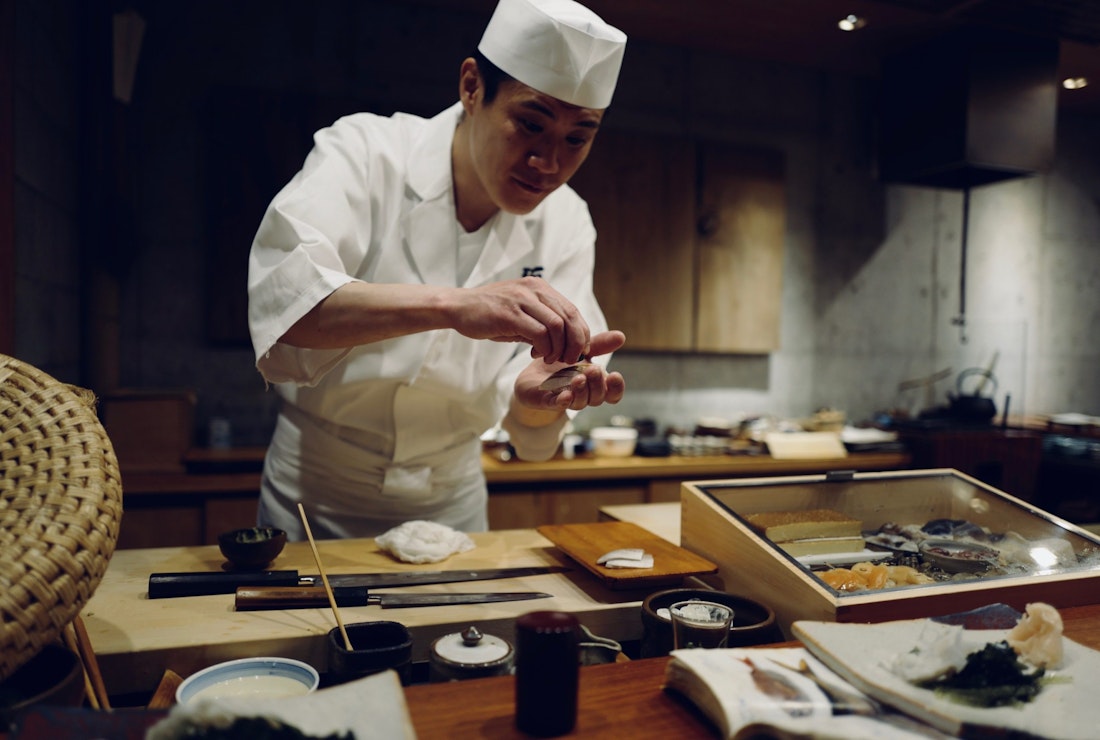
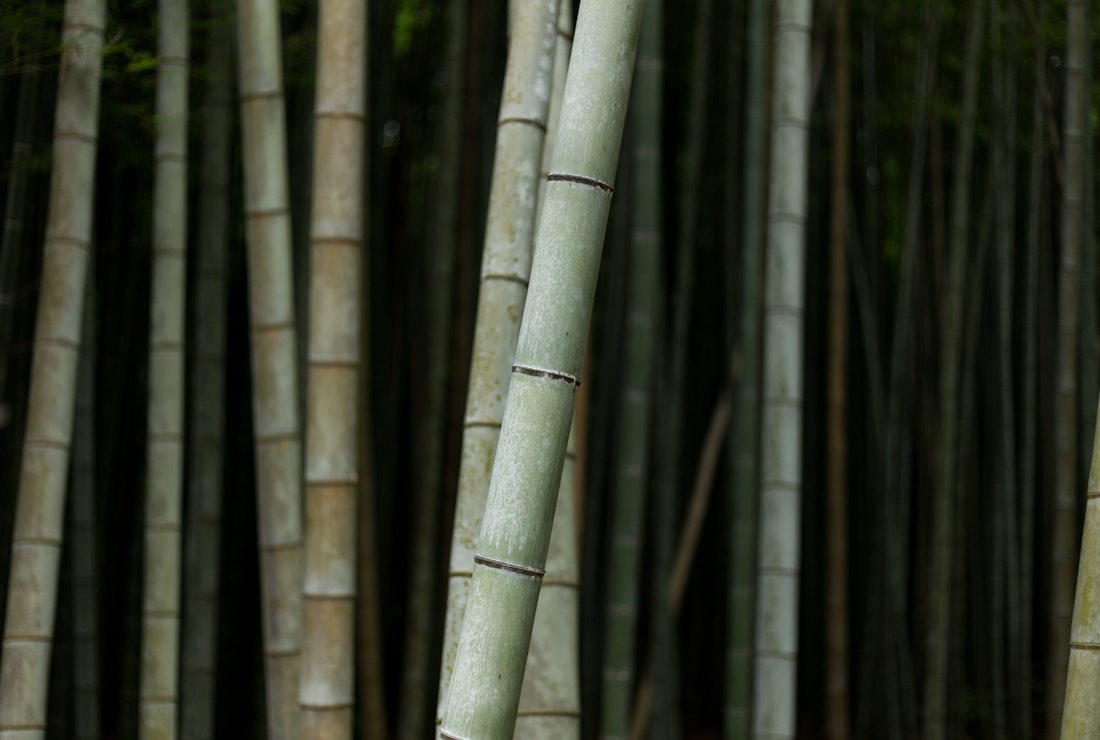
WHERE TO GO & WHERE IS EVERYTHING
Tokyo and Hakone: soak up the city and catch your breath
Electric and eclectic, Tokyo is vast and filled to the brim with surprises. But it’s not all karaoke bars and growling streets, as immortalized in Katsuhiro Otomo’s iconic anime, Akira. The city hosts a multitude of parks, shrines, and temples, offering ample space in which to catch your breath.
Lacking a single centre, Tokyo is a patchwork of fascinating centres – from Asakusa, which plays home to the majestic Sensoji Buddhist temple, to the nightclub district of Ropongi. You can learn how to prepare – and eat – sushi before spending an afternoon studying the art and spiritualism of the ninja. What’s more, you’ll be staying right on the doorstep of the Imperial Palace.
For a taste of something very different, you’ll travel to Hakone – a region famous for its peaceful surroundings and unbeatable traditional haute cuisine (kaiseki). Walk it off with mountain views and its many art galleries.
Kyoto: finding tranquility and tradition in Japan’s former capital
If Tokyo embodies everything cutting-edge about Japan (from pod hotels to cloud-scraping towers), then Kyoto – southwest of that modern metropolis – is the country’s historic heart. It’s for this reason that it remains largely untouched by the glass and steel of its younger brother. So, you’re free to wander among the swaying canes of the Arashiyama bamboo grove, or head out to Hoshinoya Ryokan, one of the most beautiful retreats in the city.
We recommend the Philosopher’s Path, which follows a tree-lined canal for two miles between Ginkaku-ji and Nanzenji temple, two of the city’s most impressive shrines.
Top that off with the blazingly bright red arches of the Fushimi Inari Shrine and you’re ready to feast on Kyoto’s famous cuisine, all unfolding over eight days of traditional Japanese culture chosen specifically by our Travel Experts to offer the best of Kyoto. It’s more than enough time to wear-in your traditional geta clogs.
The wider prefecture is bursting with scenic views and traditional life. Its mountainous terrain leads to the last thatched farms in the whole of Japan, alongside Arashiyama Pier – arguably one of the most spectacular views in this part of the world, where the famous Togetsukyo bridge arches its gentle back across the tranquil waters.
At the edge of the land
Japan’s northern regions – far from the madding crowds of Tokyo and Kyoto – are ideal places to head during the winter months. Tranquil marshes and regional towns, with their mouth-watering local cuisines, are framed by some of the most striking landscapes in the whole country.
It’s also one of the best areas in which to experience Japan’s calmer side – including open-air hot water springs (onsen), winter illuminations, and the bright and brilliant winter festival that takes place in the city of Sapporo. Historically, the area is the home of Japan’s indigenous people, the Ainu, who have become used to bearing the brunt of the country’s most wintery weather. Life, today, is calm and carefree, where the biggest annual competition is the monumental snow sculpture contest, whose winning entries often tower larger than houses.
If it’s a tranquil winter wonderland you’re after – full of ice skating, steaming broth, and fantastical illuminations – then Hokkaido is the place to go.
READY TO EXPLORE JAPAN? TALK TO ONE OF THE EXPERTS TODAY
Whenever the time of year or the experience you’re looking for, our trips to Japan cover everything mentioned here and much more.




